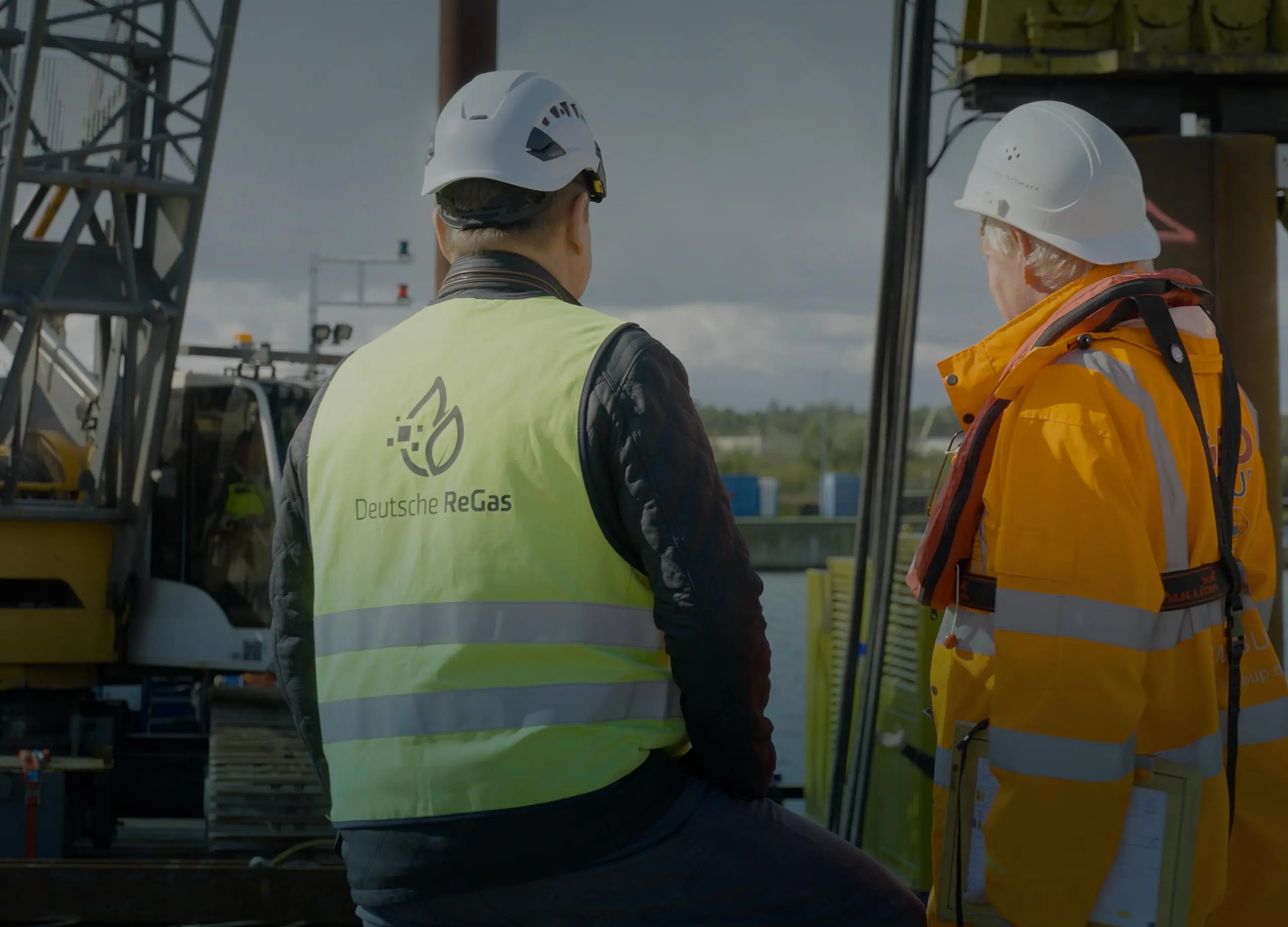This story requires a subscription
This includes a single user license.
In September 2023, Deutsche ReGas launched the FEED phase for a large-scale electrolysis plant which separates water into hydrogen and oxygen with the help of renewable electricity.
Under the first phase of the H2-Hub Lubmin, Deutsche ReGas plans to build a 200 MW electrolyzer plant until the end of 2026 and phase II up to 500 MW by 2028.
The first phase aims to produce up to 30,000 tons of green hydrogen per year, while the second phase aims to produce up to 80,000 tons, Deutsche ReGas said.
According to the German firm led by Ingo Wagner and Stephan Knabe, the hub is connected directly to the Flow-Hydrogen core network “ensuring a sufficient and secure supply of customers in eastern Germany and industrial sites in south-western Germany in the future.”
Deutsche ReGas had already acquired the area earmarked for production in summer 2022 and expanded it in 2023.
“The completion of the FEED phase demonstrates the successful progress of developing the H2-Hub Lubmin”, says David Ibáñez, head of hydrogen strategies of Deutsche ReGas.
“All our hydrogen projects will make a significant contribution to strengthening the region in Mecklenburg-Vorpommern as a key contributor to decarbonizing Germany’s industry,” he said.
Besides the H2-Hub Lubmin, Deutsche ReGas recently announced the development of the H2-Import-Terminal Lubmin.
Deutsche ReGas and Norwegian FSRU player Hoegh LNG signed a deal to develop the floating hydrogen import terminal in Lubmin.
According to the duo, the terminal will be the world’s first floating green ammonia cracker, producing around 30,000 tons of hydrogen per year
The terminal is planned to be in operation from 2026.
Mukran FSRU
Deutsche ReGas recently launched commercial operations at its FSRU-based LNG terminal in the German port of Mukran.
This followed the unloading of a US LNG cargo at the Mukran facility which features two floating storage and regasification units, Energos Power and Neptune.
Also, the 2021-built 174,000-cbm LNG carrier, Hellas Diana, owned by Latsco and chartered by Trafigura, delivered the LNG cargo from the Freeport LNG terminal in Texas.
“This was a world first for a concurrent LNG delivery into the two interconnected FSRUs (so-called triple banking),” Deutsche ReGas claims.
The privately financed LNG terminal has a storage capacity of over 300,000 cubic meters of LNG and is the largest feed-in point of all German LNG terminals with a firm capacity of 16 GWh/h, Deutsche ReGas said.
Around 15 percent of Germany’s total natural gas demand can be fed from the terminal into the OAL, NEL, and EUGAL gas pipeline system.
The pipelines enable gas transport from the German Baltic coast onwards within Germany, Austria, and also to the neighboring Eastern European countries, it said.

